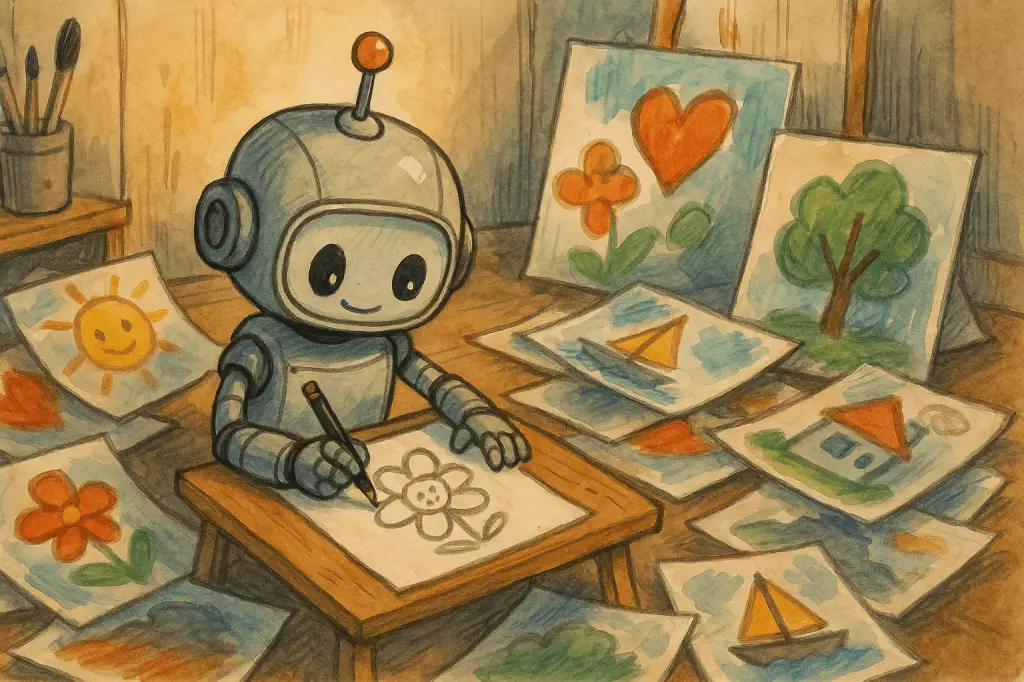The digital landscape is undergoing a significant transformation with the introduction of AI-powered image generation, particularly through tools developed by OpenAI. The gpt-image-1 model marks a pivotal moment for businesses looking to harness creativity without the constraints of traditional image sourcing. By integrating this technology into their platforms, companies can now generate high-quality images that not only reflect their brand identity but also cater to their unique requirements. This development opens up exciting possibilities for creative professionals who are eager to innovate without being bogged down by the limitations of conventional media production.
Accessibility and Pricing Strategy
One of the most striking features of OpenAI’s gpt-image-1 model is its accessibility, particularly through a structured pricing model. This strategic approach helps mitigate the cost barriers that often accompany advanced technology. While the pricing—$5 for text prompts, $10 for input image tokens, and $40 for generated images—might sound steep at first glance, it is essential to consider the value that such powerful tools bring to the table. By allowing businesses to create professional-grade images organically, the potential return on investment may outweigh initial expenses. This pricing model fosters an environment where startups and enterprises can explore the creative processes without the constant fear of financial repercussions.
Emerging Competition and Market Dynamics
As OpenAI cuts a path through the landscape of AI-generated imagery, competitors like Stability AI and Google are stepping up with alternative offerings. Stability AI’s credit-based system and Google’s Imagen model represent significant alternatives, each with unique pricing structures. However, what sets OpenAI apart is the versatility of their image generation capabilities combined with their deep integration within established tools like ChatGPT. This competitive edge solidifies OpenAI’s position as a leader in the domain, drawing diverse entities—from small businesses to large corporations—to adopt their solutions.
Trends and User Engagement
The rapid adoption of OpenAI’s image generation capabilities has resulted in phenomena that speak to the user base’s engagement and creativity. Widely shared images inspired by Studio Ghibli on social media platforms highlight a growing trend: the ability to create instantly recognizable and culturally relevant content using just text prompts. This fascination reflects a broader cultural moment where creative thought is no longer confined to those with specialized skills. Instead, anyone with access to these tools can experiment with visual storytelling, resulting in an explosion of creativity that fills social media feeds.
Enterprises Embracing AI for Innovation
Numerous businesses are already exploring the potential of gpt-image-1 to create dynamic visual content tailored to their brand narratives. Companies like Canva, GoDaddy, and Airtable are leading the charge by integrating AI-generated images into their offerings. For instance, GoDaddy’s experiment with logo creation demonstrates not only a willingness to innovate but also a recognition of the necessity to adapt to consumer preferences in an increasingly visual marketplace. By incorporating image generation into everyday workflows, these enterprises are setting a new standard for creativity and efficiency.
The Significance of Metadata and Ownership
A crucial aspect of AI-generated images that often goes unrecognized is the inclusion of metadata aimed at establishing content provenance. OpenAI’s incorporation of the Coalition for Content Provenance and Authenticity (C2PA) labels in their images offers a critical layer of trust and accountability. This feature ensures that the origin of the images is transparent, fostering confidence among users while also addressing ethical concerns surrounding AI-generated content. In a world where the lines between human and machine creativity are increasingly blurred, such protections are essential for ensuring responsible usage.
The Future of Creativity with AI
The implications of AI-generated images are profound, offering businesses unprecedented capabilities that can reshape how they communicate with their audiences. As technologies like OpenAI’s gpt-image-1 become more entrenched in various industries, we can anticipate a future where creativity is democratized. More individuals and enterprises will have the means to express their unique visions, driving innovation and inspiring new generations of creators. The landscape of artistic expression is changing, and AI is at the forefront of this revolution—a revolution that promises to empower anyone willing to explore its boundaries.

